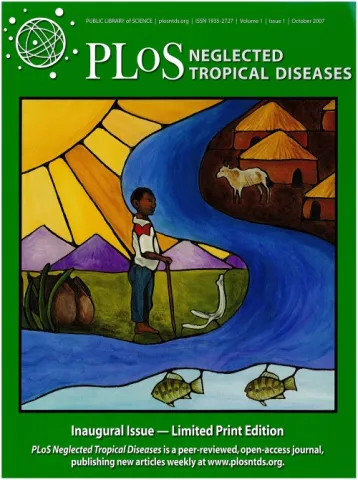Attribution of country level foodborne disease to food group and food types in three African countries: Conclusions from a structured expert judgment study

Abstract
Background
According to the World Health Organization, 600 million cases of foodborne disease occurred in 2010. To inform risk management strategies aimed at reducing this burden, attribution to specific foods is necessary.
Objective
We present attribution estimates for foodborne pathogens (Campylobacter spp., enterotoxigenic Escherichia coli (ETEC), Shiga-toxin producing E. coli, nontyphoidal Salmonella enterica, Cryptosporidium spp., Brucella spp., and Mycobacterium bovis) in three African countries (Burkina Faso, Ethiopia, Rwanda) to support risk assessment and cost-benefit analysis in three projects aimed at increasing safety of beef, dairy, poultry meat and vegetables in these countries.
Methods
We used the same methodology as the World Health Organization, i.e., Structured Expert Judgment according to Cooke’s Classical Model, using three different panels for the three countries. Experts were interviewed remotely and completed calibration questions during the interview without access to any resources. They then completed target questions after the interview, using resources as considered necessary. Expert data were validated using two objective measures, calibration score or statistical accuracy, and information score. Performance-based weights were derived from the two measures to aggregate experts’ distributions into a so-called decision maker. The analysis was made using Excalibur software, and resulting distributions were normalized using Monte Carlo simulation.
Results
Individual experts’ uncertainty assessments resulted in modest statistical accuracy and high information scores, suggesting overconfident assessments. Nevertheless, the optimized item-weighted decision maker was statistically accurate and informative. While there is no evidence that animal pathogenic ETEC strains are infectious to humans, a sizeable proportion of ETEC illness was attributed to animal source foods as experts considered contamination of food products by infected food handlers can occur at any step in the food chain. For all pathogens, a major share of the burden was attributed to food groups of interest. Within food groups, the highest attribution was to products consumed raw, but processed products were also considered important sources of infection.
Conclusions
Cooke’s Classical Model with performance-based weighting provided robust uncertainty estimates of the attribution of foodborne disease in three African countries. Attribution estimates will be combined with country-level estimates of the burden of foodborne disease to inform decision making by national authorities.
